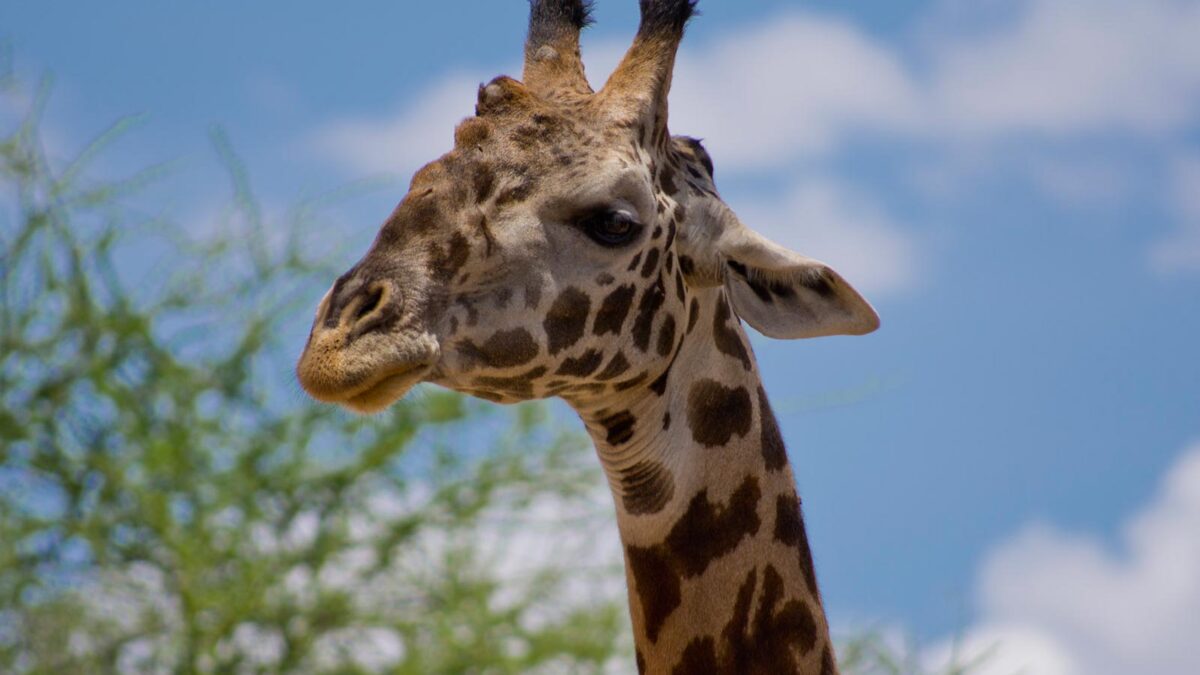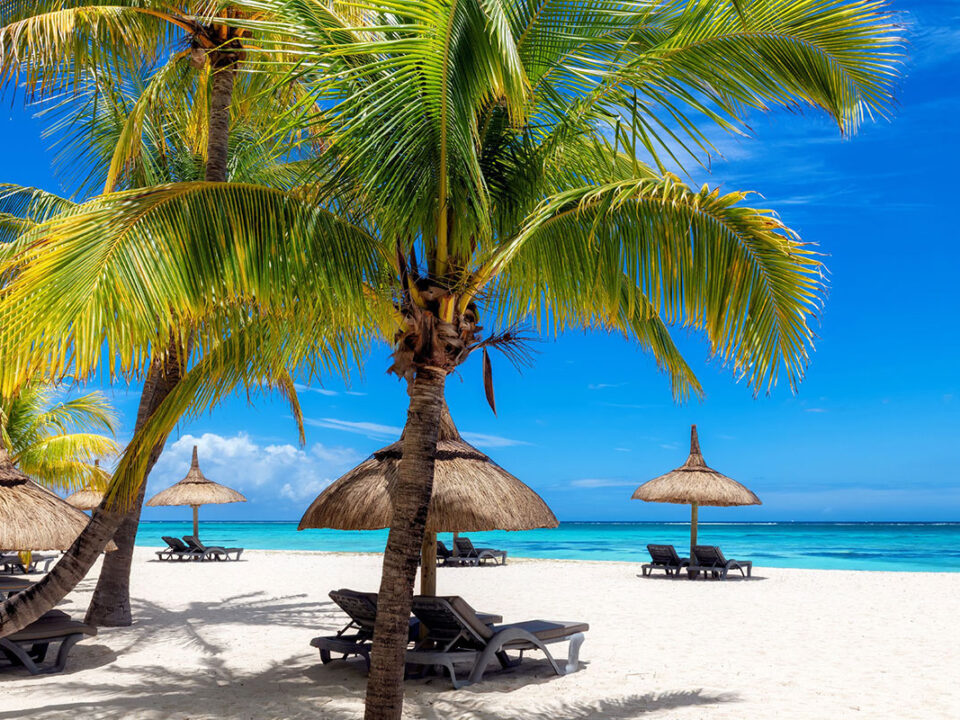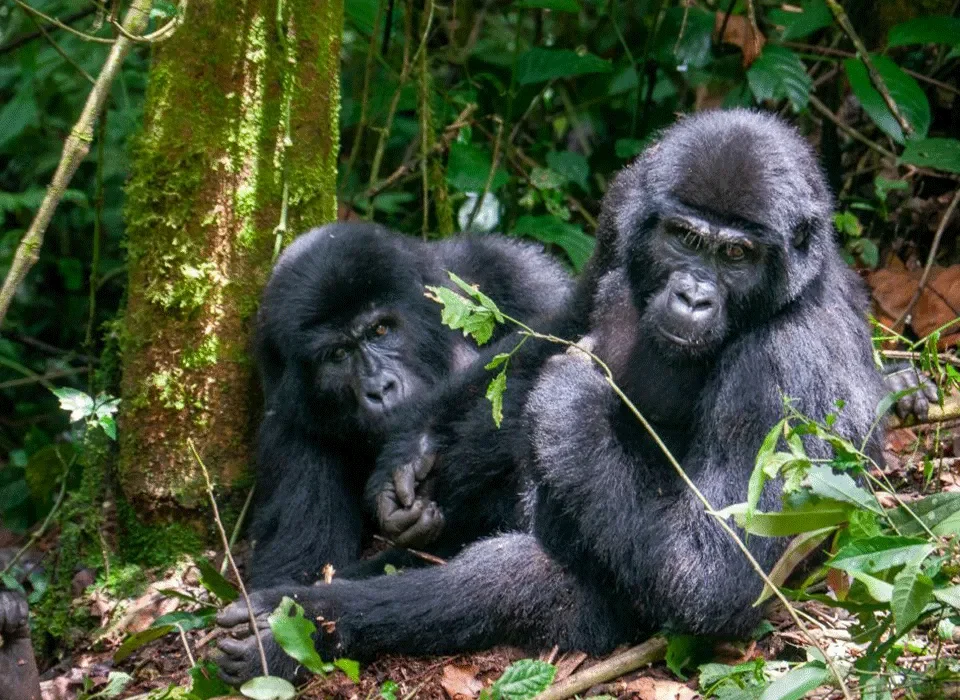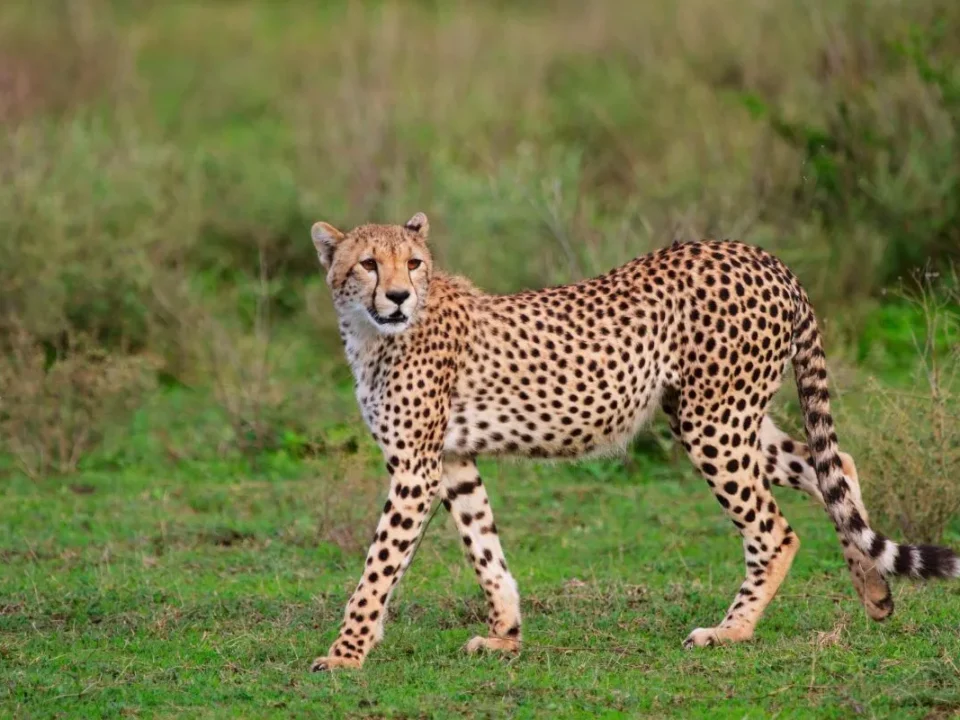Safari Tours to Tarangire National Park in Tanzania
- Home
- African Travel Blog
- Tanzania Safari Experiences
- Safari Tours to Tarangire National Park in Tanzania
Safari Tours to Tarangire National Park in Tanzania – Tailored Safaris for Every Budget
Embarking on safari tours to Tarangire National Park in Tanzania unveils a captivating landscape nestled between the Masai Steppe meadows to the southeast and the Great Rift Valley lakes to the north and west. Encompassing 2,600 square kilometers, the park is characterized by the perennial Tarangire River dominating its northern expanse, giving life to expansive swamps that transform into lush plains during the dry season in the south.
For a more intimate and less crowded experience, consider staying in the less frequented southern part of Tarangire National Park. The park’s distinctive feature, the Tarangire River, remains a permanent fixture, creating large swamps that typically remain dry for the majority of the year. Despite being drier than the Serengeti, Tarangire boasts vibrant vegetation, including abundant elephant grass, extensive acacia woodlands, and picturesque ribbons of aquatic forest.
Wildlife Diversity and Seasonal Patterns
Tarangire National Park is a dynamic ecosystem, and the variety of wildlife varies with the seasons. Connected to the larger ecosystem, many animals migrate out of the park from November to May. During this period, zebras and wildebeests move northwest towards the Rift Valley floor, dispersing across the vast open expanses of the Masai Steppe. In contrast, the dry season, particularly from June to October, sees the return of wildlife to the Tarangire swamps, creating a prime season for exceptional animal viewing.
Herds of elephants, wildebeests, zebras, impalas, eland, buffalo, giraffes, Bohor reedbuck, Thompson’s gazelle, greater and lesser kudu, Coke’s hartebeest, and occasionally, the elusive gerenuk and fringe-eared Oryx, make Tarangire their habitat. While leopards, lions, hyenas, and cheetahs are spotted in the southern open areas, wild dogs are a rarer sight.
Bird enthusiasts will be delighted by Tarangire’s avian diversity, with over 500 identified species. Notable species include yellow-collared lovebirds and the elusive starlings.
Best Time for Safari Tours to Tarangire National Park
The optimal time for safari tours to Tarangire National Park is during the middle and end of the dry season, spanning from late June to October. During this period, animals congregate around the Tarangire River, providing an unparalleled wildlife viewing experience. The weather is favorable, with little rainfall and beautiful sunny conditions.
June to October marks the high season, attracting numerous tourists. Conversely, April to May is considered the low season, with the peak of the wet season in March and April, characterized by less favorable weather conditions.
Understanding Tarangire’s Climate and Geography
Tarangire experiences a classic dry reserve climate, with animals migrating into the park during the dry season. The vegetation thins out, and wildlife congregates around water points, enhancing the ease of wildlife observation. The dry season from June to October is marked by beautiful, sunny weather, lower mosquito activity, and an abundance of animals around water sources.
The wet season, spanning from November to May, brings lush vegetation, lower prices due to being the low season, and prime conditions for bird watching. The peak of the wet season in March to May, however, results in diminished wildlife viewing as many animals move out of the park.
Tarangire’s temperate and enjoyable weather features afternoon showers, and the park transitions from lush greenery to uniformly dry, green landscapes throughout the year.
Accessing Tarangire National Park
By Road:
Tarangire is commonly part of the northern safari circuit, often visited alongside Serengeti and Ngorongoro Crater. Arusha serves as the starting point for many safaris to this circuit.
By Air:
Flying into Kilimanjaro International Airport (KIA), located 46 kilometers from Arusha, or Julius Nyerere International Airport (DAR) near Dar es Salaam, with a domestic flight to Arusha Airport (ARK), provides convenient access to Tarangire. Alternatively, flying into Nairobi, Kenya, and continuing with a bus to Arusha is another option.
Charter Flights:
Charter flights from Arusha to Serengeti and then Tarangire offer a comfortable and efficient means of transportation.
Safari Attractions and Sightseeing
Tarangire National Park stands out for its iconic Tarangire River, Baobab trees, and diverse wildlife. The park’s large herds of elephants and the captivating landscape make it a must-visit destination in northern Tanzania.
Safari-goers can enjoy sightseeing trips, exploring the park’s beauty on walking safaris. These excursions provide a unique opportunity to observe smaller animals in their natural habitat and witness wildlife up close without disturbance.
Venture into the heart of the African wilderness by visiting Maasai or Barabaig villages, adorned with ancient paintings. A journey to Kolo on the Dodoma road adds a cultural dimension to your safari, offering a glimpse into local traditions and heritage.
Conclusion:
Tarangire National Park, despite being one of the least visited parks in northern Tanzania, holds an authentic charm in its southern regions. Covering 2,600 square kilometers, the park’s seasonal patterns, migratory movements, and diverse wildlife make it a captivating destination for safari enthusiasts.
Whether you choose to visit during the dry season for optimal wildlife viewing or the wet season for birdwatching, Tarangire promises a rich and immersive experience. For a tailored safari to Tarangire National Park in Tanzania, contact Trek Africa Expeditions to ensure a seamless and unforgettable journey through this remarkable natural wonder.






